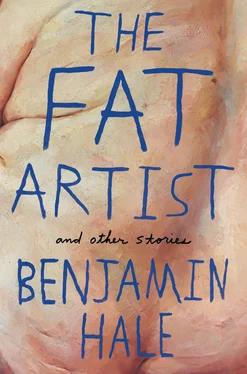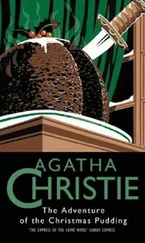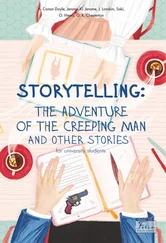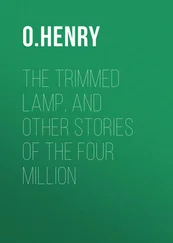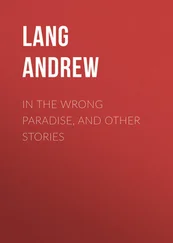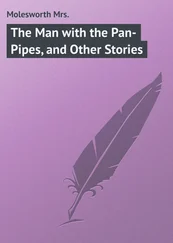“Do you have anything to declare?”
“Yes,” she said, and handed him the card.
If I Had Possession Over Judgment Day

In November 1998 the Iridium Communications company launched sixty-six satellites into orbit. The company had ultimately intended to launch seventy-seven of these satellites to complete the network; the name Iridium was derived from the element with the atomic weight of seventy-seven. The company filed for Chapter 11 bankruptcy in 1999, the result of internal mismanagement coupled with an insufficient demand for its satellite phones. Although the Iridium global satellite communications network provided constant worldwide coverage, the phones were unwieldy and expensive, and were quickly pushed out of the market by the advent of roaming contracts between terrestrially based cellular providers who offered smaller phones with cheaper coverage plans. The Iridium network was dormant, and plans to de-orbit the satellites were drawn in 2000. However, the satellites were rescued by the company’s most powerful customer, the Pentagon, which saw potential for defense applications. The sixty-six satellites remain in orbit, and today are used extensively by military intelligence. These sixty-six satellites were designed with massive panel-shaped antennae, and the mirrorlike reflectivity of their material causes intense satellite flares. If the geometry between the satellite, the sun, and the terrestrial observer aligns just right, a brilliant flare of light appears, lasting several seconds. This flare appears as a dim dot of light moving slowly across the sky, becoming brighter as the satellite moves into alignment with the observer and peaking in a flash of about –9.5 in apparent magnitude Ibefore quickly fading away. The phenomena of Iridium satellite flares occur often, due to the large number of satellites, and, due to the regularity of the satellites’ patterns of orbit, at rigidly predictable times. These satellite flares will continue until the satellites are decommissioned, or until orbital decay eventually drags them back down to Earth.
• • •
There was something Caleb Quinn used to do every afternoon, when they were the only two kids who got off the school bus at their stop. Maggie was seven and Caleb Quinn was nine, and two years’ difference was nearly a third of a lifetime then. When the school bus had gone, engine grumbling, gaskets hissing, a cloud of diesel vapors left behind and a hundred hands fluttering from the half-open windows, just Caleb and Maggie standing alone on the grass at three thirty in the afternoon, Caleb would tackle her, effortlessly, pin her wrists to the ground, sit on her chest, and spit on her face.
He would dredge up a glob of snot from the back of his throat with these exaggerated sucking noises, mix it with his spit, let it dribble out, coil it onto her face in a long string. He liked to get it in her eyes and her hair. He spat on her until there was a thick sparkling sheen all over her face. Sometimes he’d drink a can of Hawaiian Punch on the way home so his spit would be pink, sticky, viscous. Maggie lashed her head from side to side, shrieked, struggled under him. He would only get bored and stop when Maggie quit struggling and resigned herself to being spat on. Eventually, he realized that just the anticipation of the first drop of spit was the worst part of it for her — that’s when she squirmed the most. After that, the daily torture changed: First, he would tackle her, pin her wrists to the ground, and sit on her chest; then he’d summon up a frothy mouthful of spit in his cheeks and just let it ooze out between his lips, slowly extending it farther and farther down without letting go of it, and then, when the head of the strand dangled a half inch above her cheek and Maggie was wincing, burying her head into the ground trying to wiggle away from it, he would slurp it back up like a yo-yo, chew on it some more, swish it around in his cheeks, and repeat; back and forth, closer and closer, until he could no longer abstain from the pleasure of seeing it slopped on her face. Maggie began to carry a hand towel in her backpack to clean herself up with before he let her walk home, so her mother wouldn’t see her like this when she got home from school.
• • •
Much later, in high school, Maggie fell in love with Caleb. They moved in together, much happened, and a year later she left him. A year after that, Maggie married Kelly Callahan, and soon after she gave birth to their son, Gabriel. One night, when Kelly was at work, Caleb Quinn came over.
• • •
Johanna was eighty-four years old and still lived in the tall, narrow house her late husband had built when they married and moved to Colorado sixty years earlier. He was a good builder but an amateur designer, and his do-it-yourself approach resulted in some strange architectural quirks. The double doors at the end of the second-story hallway opened onto a twenty-foot drop where he’d intended to build an upper deck. The second floor was accessible not by a staircase, but by a pneumatic, pedal-operated, wrought-iron elevator, which is why Johanna kept a rope ladder upstairs, in case it ever broke and she got stuck up there. The ghosts of her late husband’s hands were all over everything. Most of the people Johanna had known well in her life were dead.
Johanna was having problems with language. Words were leaving her. Simple verbs and nouns mysteriously vanishing from her vocabulary. They were moving out of her brain and leaving their empty shapes behind, like the pale outlines of pieces of furniture that have been sold or given away. She occasionally found herself wondering how to communicate actions like “listen,” “eat,” “give,” or grasping to recall the words for objects like tables, spoons, or garbage cans, as if these things were so unremarkable that people had never bothered to waste time thinking of names for them. She was losing information. It was as if her brain was a wall from which every day someone was carefully removing a few bricks, slowly weakening the integrity of the structure.
She was alone in her house, situated at the intersection of two unpaved county roads, by a lake, a power plant, a line of railroad tracks, and an empty field of brown grass. An aluminum Christmas tree stood in the living room year round. A few years before he died, her husband had bought a telescope, which he had set up on a tripod inside the glass doors to nowhere at the end of the second-story hallway. Her phone rang routinely once a week on Sunday afternoons when her son called from Houston. The call usually came at about three o’clock, sometimes up to fifteen minutes past or fifteen minutes before the hour. She would wait until the middle of the third or fourth ring to answer it and say: “Hello?” And she would be answered by the disembodied voice of her son in the receiver, tunneling through wires or quivering along a system of strings or tubes or however it got from there to here, and she’d have a conversation with it.
Her son, who lived in Houston, would usually visit twice a year. She still drove herself to the grocery store in town and cooked her own meals.
There was also an oak grandfather clock with a brass pendulum, and it still kept time. Johanna’s hearing was still good enough to predict when the clock would strike, from anywhere in the house, by the subtle ratcheting noise it made when it reared itself to bong out the count of the hour. There was a lot of silence in the house.
She read the Bible. One day, reading the Book of Ezekiel, she began to think about the following passage:
I looked, and I saw a windstorm coming out of the north — an immense cloud with flashing lightning and surrounded by brilliant light. The center of the fire looked like glowing metal, and in the fire was what looked like four living creatures…. In the midst of the living creatures there was something that looked like burning coals of fire, like torches moving to and fro among the living creatures; and the fire was bright, and out of the fire went forth lightning. And the living creatures darted back and forth like flashes of lightning. Now as I looked at the living creatures, I saw a wheel upon the earth beside each living creature with its four faces. This was the appearance and structure of the wheels: They sparkled like chrysolite, and all four looked alike. Each had the appearance of a wheel inside a wheel. As they moved, they would go in any one of the four directions the creatures faced; the wheels did not turn about as the creatures went. Their rims were high and awesome, and their rims were full of eyes all around.
Читать дальше
